Paratene Matchitt
b. 1933d. 2021
Also known as:
- Para Matchitt
8 Artworks
Paratene Matchitt (Whānau-a-Apanui, Ngāti Porou, Te Whakatōhea) was born in Tokomaru Bay. His formal education was completed at Hato Pētera College in Auckland Teachers' Training College (1955 - 1957). After graduating as a teacher, Matchitt specialised in teaching arts and crafts in schools through course delivered at the Dunedin polytechnic.
With the support of influential educationalist, Gordon Tovey, Matchitt began his career as a Māori Arts and Crafts Advisor in 1957, working for the South Auckland Education Board while being located in Hamilton. In 1960 he was part of the Māori Arts and Crafts courses at Ruatoria with Pine Taiapa, which Tovey documented in The arts of the Maori (1961), a publication issued to every school in Aotearoa. In November 1964, Matchitt exhibited with other major Māori artists (Clive Arlidge and Fred Graham) in Hamilton. In 1974 Matchitt completed the commission Te Pakanga, for School Publications in Wellington. This series of works were illustrations for the book Te Atea (The New World) published in 1975.
In the early 1970s, Matchitt was instrumental in forming Ngā Puna Waihanga, the national body for Māori artists and writers, with Ralph Hōtere, Cliff Whiting, Arnold Wilson, Fred Graham and others.
He is best known for combining traditional Māori art forms with those of modernist art and referencing events from New Zealand history such as the Māori prophetic movement of nineteenth century Ringatū leader, Te Kooti Arikirangi Te Turuki (c. 1832–1893). Several of Matchitt's works use symbols taken from Te Kooti's flag Te Wepu (The Whip) including a crescent moon, a cross, a mountain, a heart pierced by an arrow, and a six-pointed star.
His son, Maia, worked with his father on many art projects including the City-to-Sea Bridge (1993) and Waharoa (1990), which was in situ for many years at the Wellington Central Library which is currently undergoing earthquake strengthening.
Matchitt gained his confidence and skills with tools, especially the axe, from his father Robert Hubert Matchitt. His family recall him saying that "Paapa was a wizard with an axe!".
See also:
- Jonathan Mane-Wheoki, 'Para Matchitt, 2011' in 'Contemporary Māori art – ngā toi hōu - Contemporary or customary Māori art', Te Ara - the Encyclopedia of New Zealand.
- Te Ao Māori News obituary
- wikipedia.

Paratene Matchitt (Whānau-a-Apanui, Ngāti Porou, Te Whakatōhea), ‘Untitled (Maia)’ (1990), Aotea Centre, CBD, Tāmaki Makaurau Auckland
Images: Bronwyn Holloway-Smith, Public Art Heritage Aotearoa New Zealand, 2021
- Associated Artworks
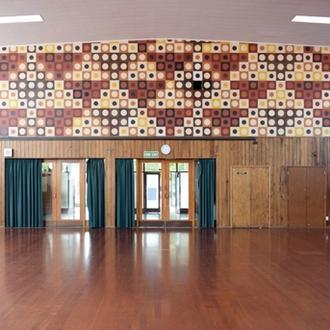
Niho Taniwha
1965
Paratene Matchitt
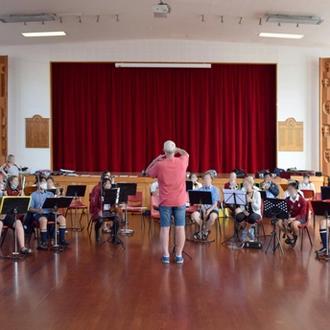
Separation of Rangi and Papa
1965
Paratene Matchitt
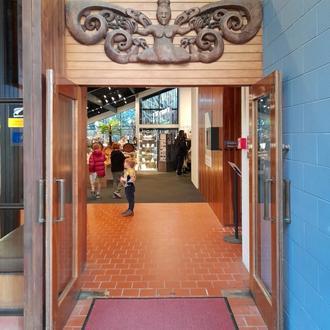
Pare 1
1983
Paratene Matchitt
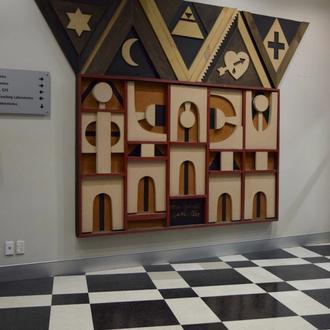
Te Wepu
1986
Paratene Matchitt
![Nga Ika o te Wharepukapuka o Whanganui [Pīharau & Tuna]](/_next/image?url=https%3A%2F%2Fcdn.sanity.io%2Fimages%2Faem3610x%2Fproduction%2F27ca861fed12c1098c37ddf93029a20da92ee8c5-1591x1080.jpg%3Frect%3D256%2C0%2C1080%2C1080%26w%3D330%26h%3D330%26fit%3Dclip&w=750&q=75)
Nga Ika o te Wharepukapuka o Whanganui [Pīharau & Tuna]
1987
Paratene Matchitt
![Untitled [Aotea Centre]](/_next/image?url=https%3A%2F%2Fcdn.sanity.io%2Fimages%2Faem3610x%2Fproduction%2Fd7d7bb04946a9b128eaaeeb9d9150f458c9a541d-959x1080.jpg%3Frect%3D0%2C61%2C959%2C959%26w%3D330%26h%3D330%26fit%3Dclip&w=750&q=75)
Untitled [Aotea Centre]
1989
Paratene Matchitt
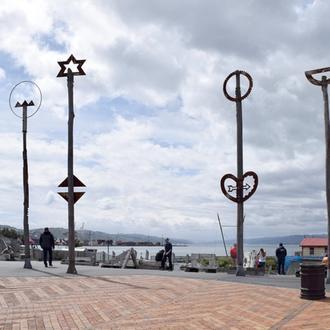
City-to-Sea Bridge
1993
Paratene Matchitt
Rewi Thompson
John Gray
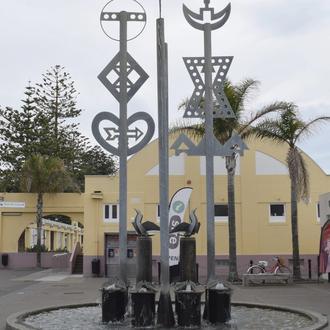
Nga puna Wai Whakapapa
1996
Paratene Matchitt
